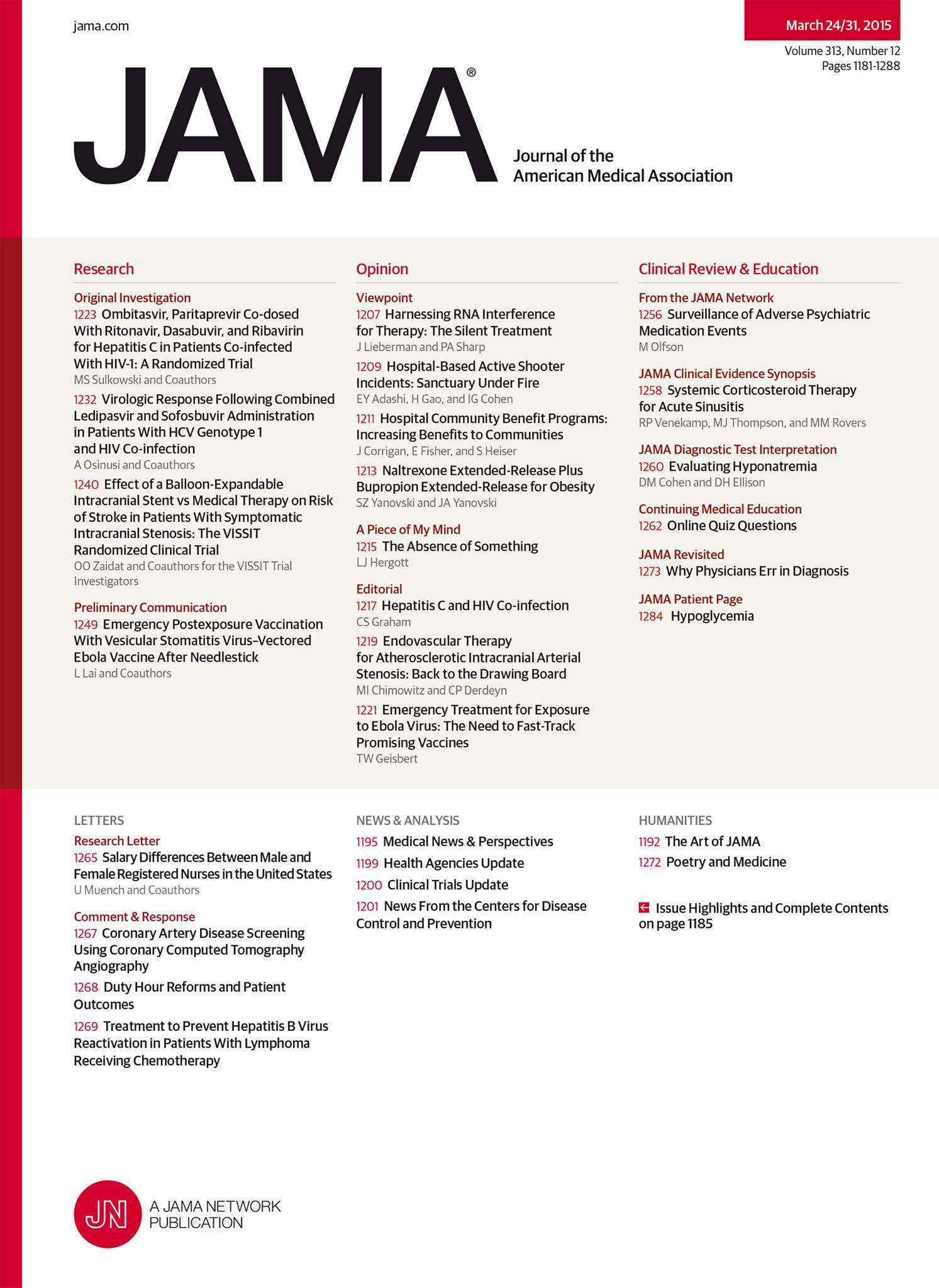
High postoperative TnT is a strong predictor of 30-day mortality in non-cardiac surgery

High postoperative TnT is a strong predictor of 30-day mortality in non-cardiac surgery
Association between postoperative troponin levels and 30-day mortality among patients undergoing noncardiac surgery
JAMA. 2012 Jun 6;307(21):2295-304. doi: 10.1001/jama.2012.5502.Did you know you're eligible to earn 0.5 CME credits for reading this report? Click Here
Synopsis
15,133 patients (45 years or older) undergoing non-cardiac surgery were included in this study (the VISION fourth-generation TnT prognostic study). The purpose of this large, international prospective cohort study was to determine whether peak postoperative troponin-T (TnT) values are associated with 30-day mortality rates. Results indicated that peak postoperative TnT values were the strongest pr...
To view the full content, login to your account,
or start your 30-day FREE Trial today.
FREE TRIAL
LOGIN
Forgot Password?
Explore some of our unlocked ACE Reports below!

Learn about our AI Driven
High Impact Search Feature
Our AI driven High Impact metric calculates the impact an article will have by considering both the publishing journal and the content of the article itself. Built using the latest advances in natural language processing, OE High Impact predicts an article’s future number of citations better than impact factor alone.
Continue



 LOGIN
LOGIN

Join the Conversation
Please Login or Join to leave comments.